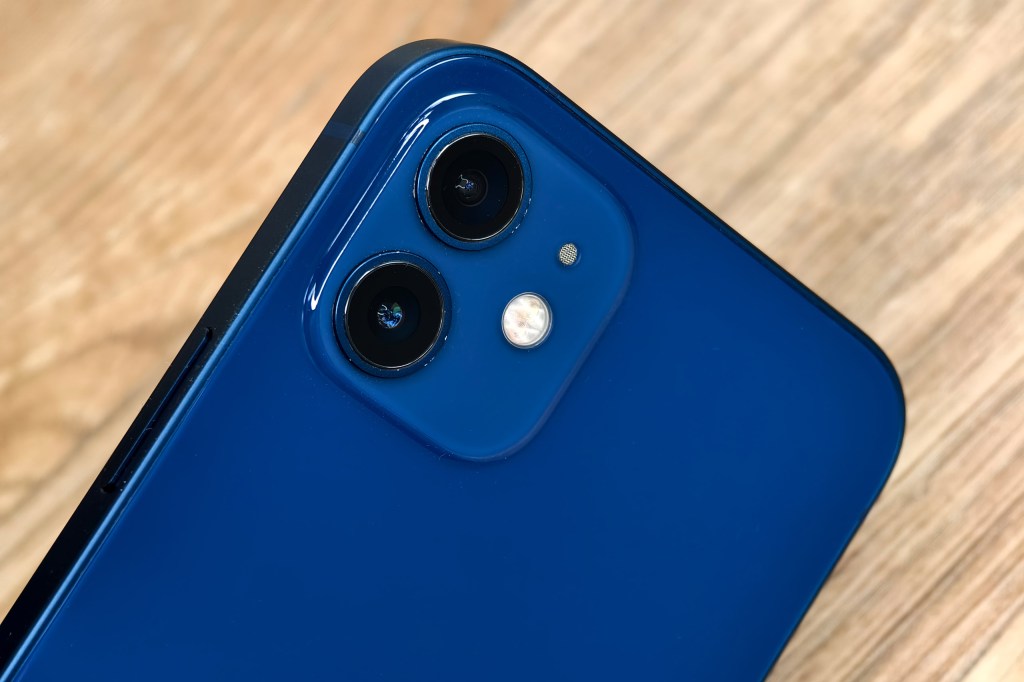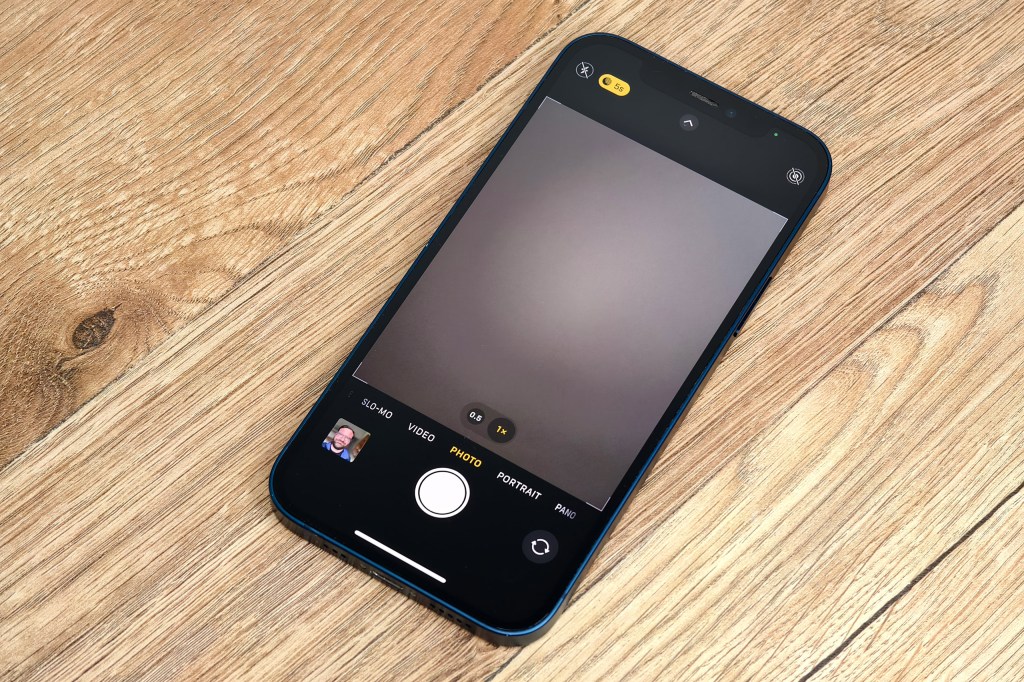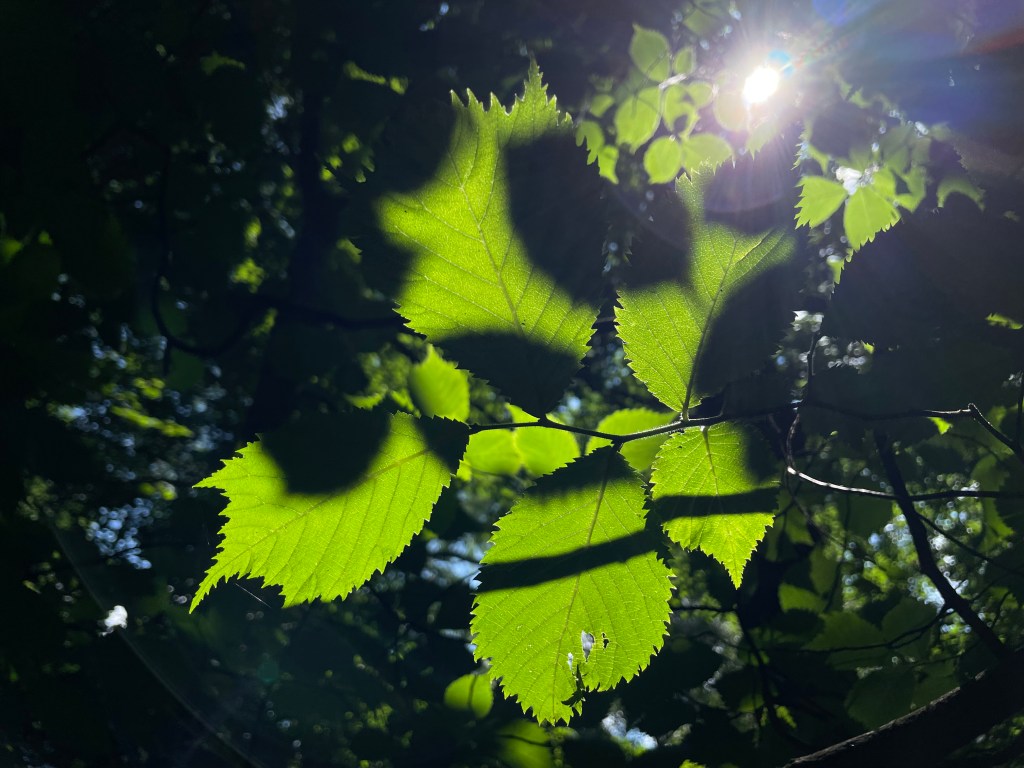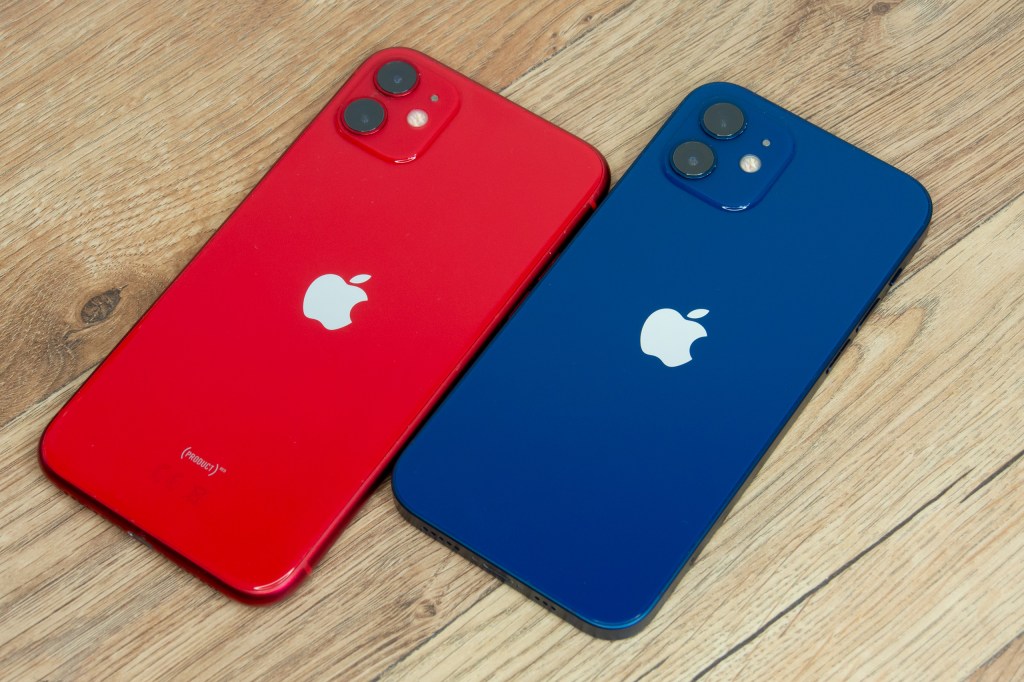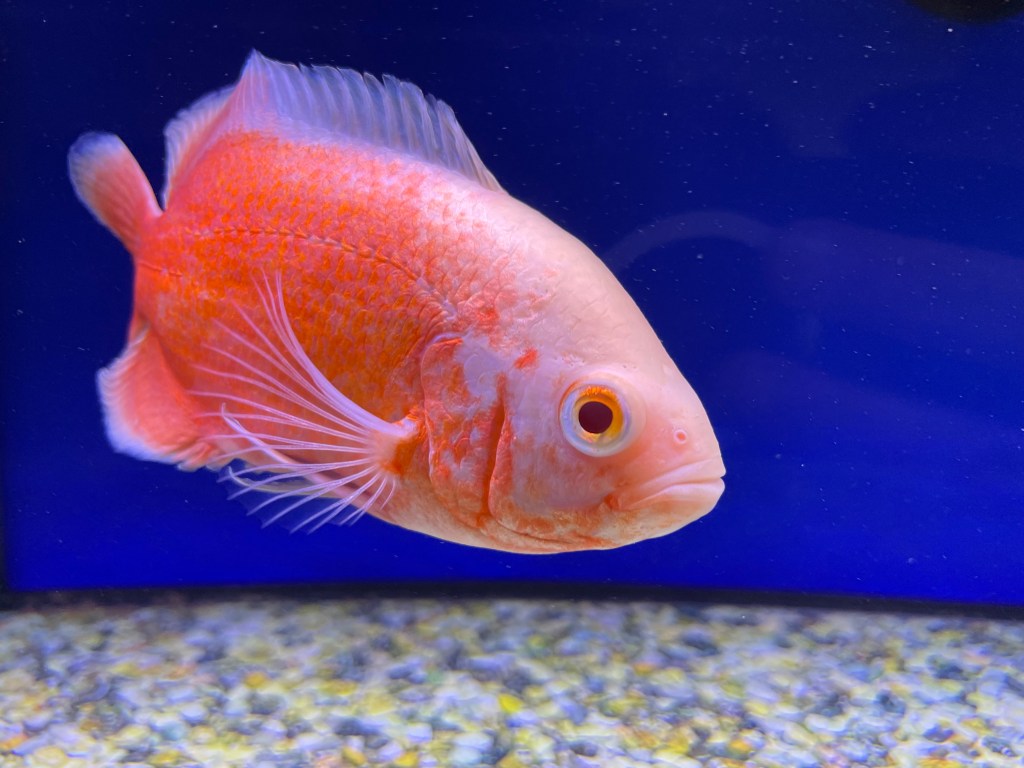Amateur Photographer verdict
The iPhone 12 offers amazing value for money on the second-hand and renewed market. It takes some lovely photos too!- Still looks like a premium phone
- Great camera system
- Still gets the latest updates
- Ceramic Shield Glass
- 64GB option a little low
- No telephoto camera
- No manual mode
The iPhone 12 came out in 2020, and whilst it may seem like a subtle upgrade over the iPhone 11, it does have some improvements, and now that it’s available for around $250/£250 used, it’s one of the cheapest iPhones available. But is it any good? Joshua Waller finds out.
At a glance:
- 12MP f/1.6 main camera, OIS
- 12MP f/2.4 ultra-wide-angle camera
- 12MP f/2.2 selfie camera
- 6.1inch OLED screen, 1200nits (peak)
- 4K 60p video
- OS 14, updates to 18.1
- IP68 waterproof rating
How we test phones
We review smartphones from the perspective of choosing a smartphone for its photography and camera performance, so we’ll be starting by looking at what the iPhone 12 offers in terms of the cameras and what features are included for photography and video.
Features
The camera setup on the iPhone 12 is a similar dual camera setup to the iPhone 11, but the main 12MP wide-angle camera has been improved, with an f/1.6 aperture, compared to f/1.8 on the iPhone 11. This should give a slight improvement in low-light performance, but there have been other tweaks to the camera system as well.
There’s a 12MP ultra-wide-angle camera as well, with an f/2.4 aperture, and 13/14mm* equivalent (shown as 0.5x) on screen. This camera doesn’t feature auto-focus and is, instead, fixed focus, which means you won’t be able to use it for macro photography. Whilst there’s no optical zoom or telephoto camera available, you can use digital zoom, which goes up to 5x. There’s no on-screen shortcut to 2x though.
The selfie camera is another 12MP camera, this time with an f/2.2 aperture. This is fixed focus, but does support 4K video recording.
Design and Handling
This is where the iPhone 12 sees a noticeable difference, with the 12 adopting a squared, rather than rounded edges, when compared to the previous generation of phone. This gives the phone a more business like design, and is something copied by many other modern phones from the likes of Samsung (see the Samsung Galaxy A55 for an example).
You can quite quickly access the camera by pressing the bottom right camera icon from the lock screen, or you can swipe the whole screen left (moving your finger from right to left). However, unlike a lot of Android phones, and the newest iPhone 15, you can’t use a button to access the camera.
The screen has been improved, with a higher resolution, and an improved maximum brightness of 1200nits. It looks really good, and the iPhone 12 is the first iPhone to introduce a “Ceramic Shield Glass” which has been tested (by JerryRigEverything) as better than the protection you’ll find on most Android phones.
However, one thing that isn’t an improvement, is the battery, which is a smaller 2815mAh battery, compared to the slightly larger 3110mAh battery in the iPhone 11.
This is worth paying attention to as battery health is monitored on Apple phones, and the charge capacity reduces over time. Apple say battery management is to protect the phone and battery, you be the judge, but is worth paying attention to particularly when buying second-hand.
The camera app
Coming from an Android phone, the camera app is very familiar looking, especially after using Samsung and Google phones, which all follow a familiar design and layout.
The photo modes are selectable along the bottom of the phone, and you have the option of a 0.5x or 1x camera. To use digital zoom beyond 1x, you simply pinch to zoom, and this lets you use up to 5x zoom.
There is no “Pro” or manual mode, but when it’s dark enough the night mode will automatically activate. You’ll also find exposure compensation easily accessible. What you won’t find, however, is the advanced camera settings within the camera app. Instead these are found in the main phone settings.
The phone also has the nice added bonus of showing you what’s outside of the frame (“view outside the frame”) when shooting, something you don’t find on Android phones. This can be useful for framing, and can be switched on/off in the advanced settings.
Using the phone for day-to-day things, like taking photos, browsing the web, and social media, and the phone is relatively snappy and responsive, despite the age of the phone. The screen also looks good, with the controls optimised to give you maximum screen real estate.
Performance and image quality
Apple have been marketing their phones based on the camera quality for many years now. So you’d be right to expect good photos. And, the iPhone 12 certainly delivers some great photos. Colour reproduction is generally very good, with bright saturated colours most of the time, particularly with good weather.
Dynamic range and exposure are both reliable, and the camera automatically takes photos with much wider dynamic range, thanks to automatic multi-shot technology that combines a number of photos without you even noticing.
Flare resistance is quite good, although it’s essential that you keep the lens as clean as possible to avoid any additional flare or loss of contrast.

The ultra-wide-angle camera does a good job, with nice colour, and you can switch lens correction on or off if you want, but the camera will give good results on default settings. The image is slightly sharper and clearer than the iPhone 11, but not as crisp as the main camera.
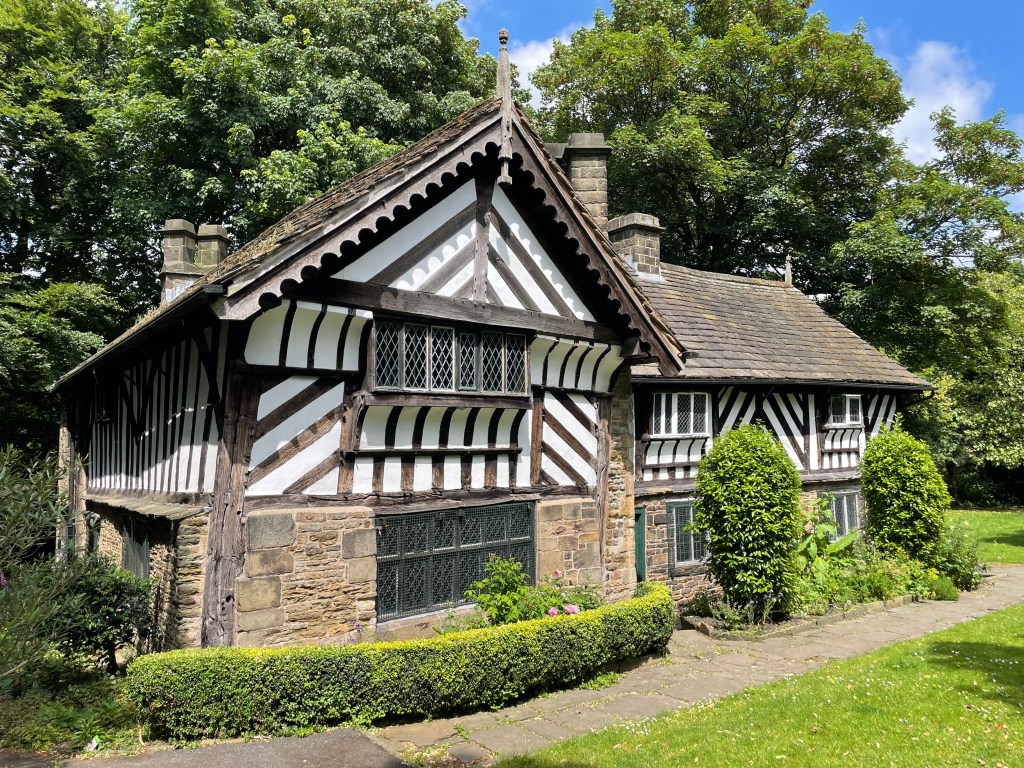
The main camera gives great results, with detailed images that look good both on the phone and off the phone on other devices. Using the 2x digital zoom, we get a soft image, and using zoom on this phone isn’t really a good idea for capturing detail, but perhaps just for savouring the moment. You can see what that looks like here.

Whilst there is no dedicated macro mode or close-up mode, you can get relatively close to the subject using the main camera, and if needed you could also crop into the photo. This close-up photo of a glower has come out really well, with plenty of detail and lovely colours.
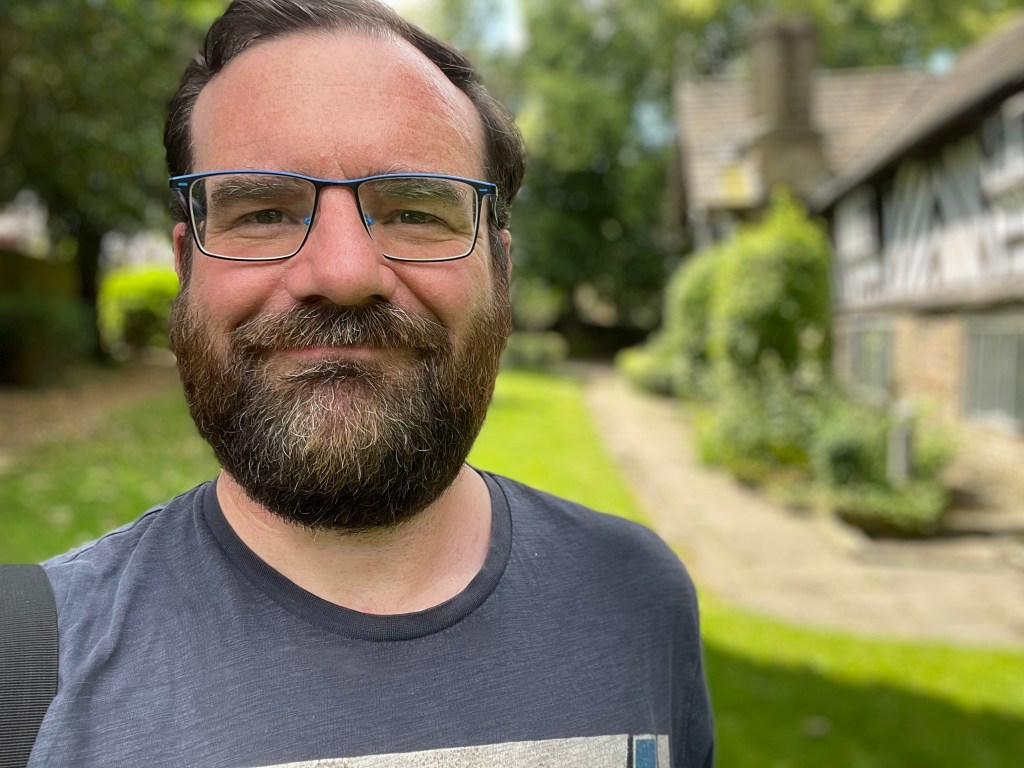
The 12MP selfie camera does a good job, and with portrait mode enabled you can adjust the lighting, as well as have some nice looking background blur. This can be adjusted in playback, letting you turn up or turn down the level of blur depending on your personal preferences.
Value for money
The iPhone 12 is available for around $250 / £250 renewed, which makes it good value for money. Alternatively you’re looking at a saving of $50 if you go for the older iPhone 11, or you’re looking at spending roughly $50-100 more for the next step up, that being the iPhone 13.
In the world of Android phones, from main brands, you can find the Samsung Galaxy A55 for under £439 (not available in the US), or the previous generation Google Pixel 7A for $409 / £299 (on offer). There’s also the Google Pixel 6A, available for under $300 / £190.
Considering the iPhone 12 still gets the latest software updates from Apple, the price for this model is excellent value.
Verdict
If you’re looking for a premium phone, and want to know what you’re getting, you can’t go wrong with the iPhone 12. The fact that Apple keep their phone range relatively straightforward, with roughly four models to choose from every year, means that you know what you’re getting when buying second hand or renewed.
Now that the iPhone 12 is available for around $250/£250, it offers great value for money, and offers some nice improvements over the iPhone 11.
Camera performance is very good from the main camera, and good from the ultra-wide-angle and selfie cameras. Colour reproduction is pleasing, and in good light you can get some lovely looking photos. You can’t really go wrong with this phone, as it makes everything very easy to use.
And whilst you don’t get manual controls, or a dedicated macro mode, you do get enough for shooting at night time thanks to the automatic night mode, and you can take reasonable close-up photos.
If you don’t want to spend money on the newest flagship phones, you can save a lot of money by going second-hand, and iPhones have the benefit of being widely available, and in most places, they’re easily fixable as well. Recommended.

For more budget options, have a look at the best budget camera phones, or check out the best iPhones for photography.
Specifications
| Main camera | 12MP, f/1.6, 26mm equivalent, OIS |
| Ultra-wide-angle camera | 12MP, f/2.4, 13/14mm* equivalent |
| Selfie camera | 12MP, f/2.2, fixed focus |
| Screen | 6.1inch OLED screen, 1170×2532 pixels, Ceramic Shield glass, 1200nits (peak) |
| Operating System | OS 14, updates to 18 |
| Dimensions | 146.7 x 71.5 x 7.4mm |
| Weight | 164g |


